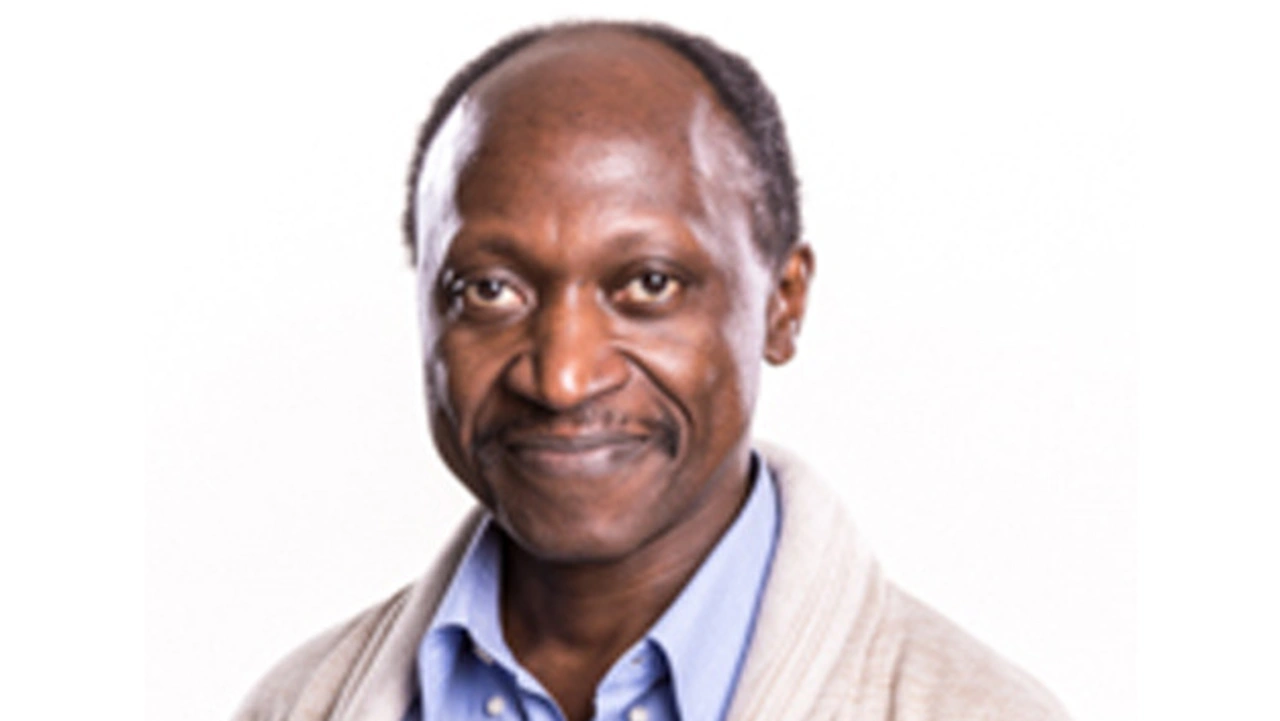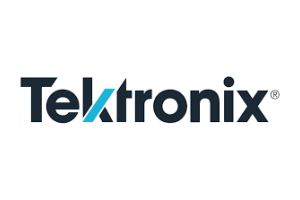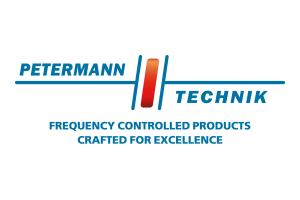Energy Harvesting
After the hype comes later success
Energy Harvesting should save the world from battery waste. The euphoria was followed by disillusionment. Now the chances are considered more realistic. Prof. Dr. Marcel Meli from the Zurich University of Applied Sciences expects that energy harvesting will benefit from the current LPWAN boom.
Many of us can remember the excitement and expectations of the early years. Energy Harvesting was going to usher a new area in Wireless Embedded Systems. Nodes would be installed (nearly) everywhere, and run for years without the hassle of having to change batteries. That autonomy would in turn help reduce long-term maintenance costs and lead to even more wireless nodes.
Several years later, it is fair to say that those early visions have not (yet) materialised to the extent that was anticipated. Several early start-ups with promising technologies related to energy harvesting have disappeared. Others simply changed their orientations. Some well established firms that were offering energy harvesting solutions had to review their expectations and modify their road maps accordingly. The early excitement had given way to disillusionment and the world moved to the next hype.
Only successful in the niche?
Where is energy scavenging today? Has it reached its lowest point? Has it been relegated to the fringes of exotic technologies? No. It seems to me that it is now climbing the »Slope of Enlightenment«.
The difficult years helped separate reality from fiction and had some good effects. Hard work in determining real issues continued, at least for those who still had resources and enough energy to carry on. Building automation and some special industrial applications continued to absorb devices powered by harvested energy, providing an environment to further develop and market that technology.
Now follows the Renaissance
In the last years, a steadier picture of energy harvesting applications has emerged, following efforts to find viable solutions and look for appropriate markets. The improvement of key components required in low-power solutions and a better accessibility to those components have largely contributed to this renaissance. For instance:
- Solar cells with better efficiency are now on the market. Thanks to them, more electrical energy is available for a given area, helping keep the size of a final product small. It is now relatively easy to design solar powered Bluetooth Smart beacons that can work in office conditions. Powering wireless sensors with LEDs or photodiodes (used as solar cells) has also been demonstrated, opening the door to very low-cost solar harvesting, providing that the illumination conditions are met.
- There are encouraging signs in the area of TEGs. New start-ups looking to make those converters more affordable have received strong financial backings for their technologies. Watches with (limited) smart functions and (partially) powered using TEGs have found their way to the consumer market, with sales exceeding expectations.
- Certainly, some of those products are still at an early stage and could even be described as expensive gadgets. However, they show that there have been important progress and that the use of EH in consumer products has come a step closer to reality.
- On the power management side, devices capable of working on a much smaller energy budget than several years ago are now available. Many of them can deal with different energy harvesting sources, which helps simplify design and production.
- The energy available is meant to power loads. Therefore, a reduction of the energy requirements of loads is a boost for energy harvesting. The current consumption of wireless embedded systems has gone down, thanks to competition and the technological advances. The on-going reduction of the minimal voltage needed for the electronics is also a positive trend, since it often leads to the reduction of energy requirements.
Energy Harvesting at the Wireless Congress |
|---|
 |
With the spread of low power wide area networks, interest in energy harvesting concepts for self-sufficient supply of radio nodes is growing. Monitoring agricultural areas with wireless sensors or tracking goods and capital goods are just two examples of applications where a self-sufficient operation over many years is desired. The program of the 15th Wireless Congress will include a whole series of lectures on energy harvesting. Prof. Marcel Meli will also speak: »Harvesting Energy from Trees in Order to Power LPWAN IoT Nodes«. Lectures on LPWANs are summarized in a comprehensive session »LPWAN« and also thematically bundled in the sessions on LoRa and Sigfox. Furthermore, the low-power topic also plays an important role in the mobile phone session and in the tutorials. |
There are still challenges
There are also areas where important challenges remain.
- Storage element are still fragile and a weak point in the energy harvesting chain. Possibly, the efforts related to battery technologies for cars will have positive side effects.
- The cost of energy converters should further go down in order to allow the design and production or more competitive products.
- LPWAN offer a good opportunity to further develop energy harvesting. The requirements of tens of years is not easy to meet with batteries when the size and weight of the nodes are to be kept small. Adapting energy harvesting in order to cope with the needs of LPWAN will open the door to an important market.
In line with the developments in IoT, several start-ups have announced new low-power components or products powered by RF harvesting. In most cases, the details are not publicly known. However, the finances available imply that some investors have good reasons to support those start-ups.
On the basis on those changes and the positive developments on the application and market side, one could say that energy harvesting is slowly but surely taking its place under the sun.

Elektronik-Expert Prof. Dr. Marcel Meli
is a lecturer in computer technology and head of wireless systems at the Zurich University of Applied Sciences, ZHAW, Institute of Embedded Systems, InES.
His scientific interests focus on low-power embedded systems, especially low data rate wireless communications, microcontrollers, power management and components required to implement such systems.
Prof. Dr. Meli regularly participates in events such as the Embedded World Conference and the Wireless Congress and is a member of the program committee of the Wireless Congress.
mema@zhaw.ch








